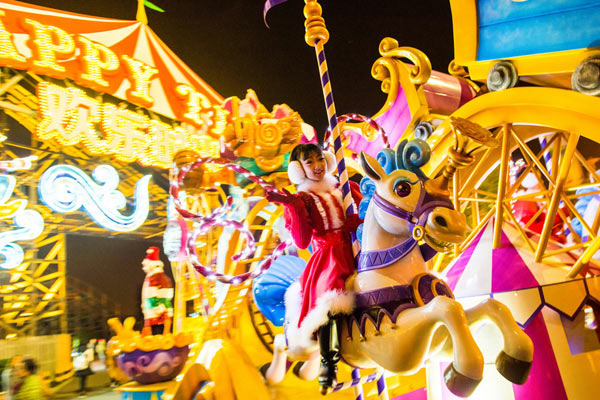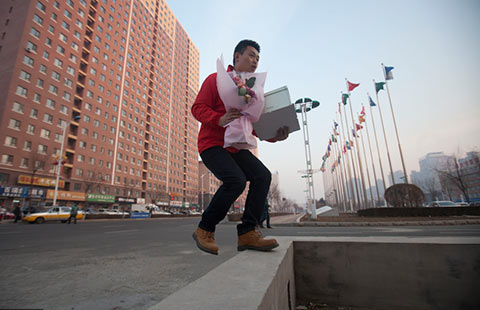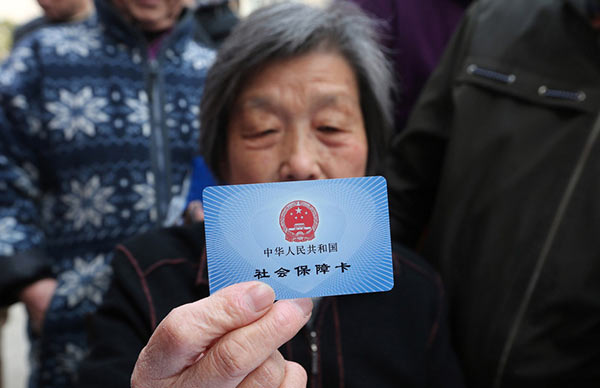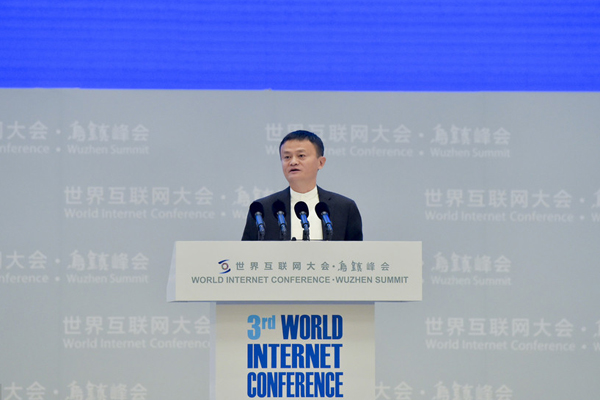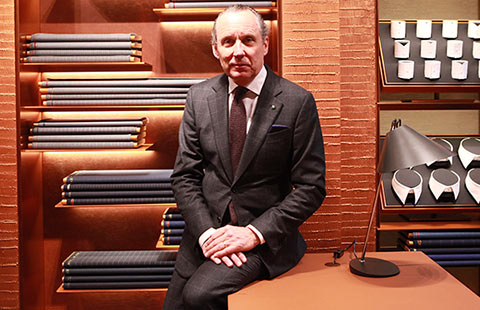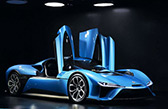Sugar bear sees sweet theme in parks
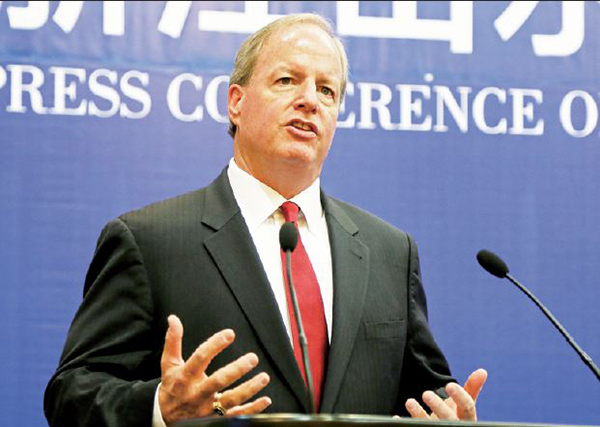 |
|
John Odum fields questions at the media conference to announce Six Flags' theme park in Hangzhou, Zhejiang province last year. [{hoto provided to China Daily] |
John Odum-led Six Flags is unfazed by growing competition, to continue to expand in China and overseas
When John Odum, president of Six Flags International Development Company, joined the theme park operator as a costumed character, he was 16.
Ever since, the magic of the theme park business has worked like, well, magic-it has been his lifelong career. What's more, the sugar bear character he dressed up as led him to meet his would-be wife, who was then working as a ticket collector at the entry gates of the theme mark.
"It wasn't until four years later, when we met at college, that we realized we both had worked with Six Flags at the same time. She told me she loved the sugar bear. A year after that, we got married," Odum recalled with a bright smile.
To date, Odum has been with the company for 46 years where he held multiple supervisory and management positions within the areas of entertainment, rides, park services, security, admissions, food services, merchandise and finance. Since May 2014, he has served in his current role. He has been committed to expanding Six Flags' global market share.
Besides plans of setting up new theme parks in Dubai and Vietnam, Six Flags eyes China as an extremely important part in its global strategy.
Six Flags has teamed up with Riverside Investment Group Co Ltd, which acts as the exclusive cooperation partner in China. Together, they have set up theme parks in Haiyan, a coastal county in Zhejiang province, and Chongqing, a municipality in southwest China. Six Flags, which boasts the world's most exciting roller coasters, is mainly responsible for operations and management of the ventures.
"There are a number of other Chinese cities we are looking at right now," Odum said, but declined to reveal more details. "Each of the cities we are looking at has a big population, is good in terms of geographic location, has easy transportation for travelers and a supportive government."
Odum is unfazed that global brands such as Disney and Universal, and domestic giants such as Wanda, Chimelong, Fantawild and Happy Valley, are investing billions of dollars in the theme park business in China. He thinks the China market is not fully tapped yet. He affirms there is still tremendous potential for development.
His conviction is based on hard facts and figures. "In the United States, there are around 300 theme parks with a size similar to that of Six Flags parks. Those 300 parks serve 300 million people. When we look at China, there are only about 150 parks of this size or bigger, serving 1.3 billion people," Odum said. "I'd say the Chinese theme park industry right now is probably where the North American theme park industry was 20 or 30 years ago."
China's fast-growing middle class and the second-child policy, Odum believes, will provide great opportunities for this market.
It's difficult to dispute that view considering that Disney's newest resort and theme park in Shanghai, its largest venture in the world, cost $5.1 billion, an investment that would not have been made if market research had not assured adequate returns.
Data from the China Tourism Academy show the total revenue of China's tourism sector was 4 trillion yuan ($588 billion) last year, with about 230 billion yuan generated by theme parks. The nation's theme parks are expected to attract 282 million visitors in 2019, more than double the figure in 2014, according to Euromonitor International.
For Chen Shi, assistant general manager of TFTR Investment Co Ltd, asset-light parks that offer quality services, mature intellectual property, innovative facilities and lots of interaction with visitors can stand out despite fierce competition.
Given China's soaring demand for leisure and travel, he is optimistic about the market potential for theme parks.
Unlike many other brands that reproduce the same model across the country or internationally, each Six Flags theme park will take the local culture into consideration and will be customized to a particular region, Odum stressed.
For instance, Six Flags' Haiyan park, which is expected to open in 2019, will offer a game with a fisherwoman theme based on popular local folklore.
Six Flags' roller coasters are another distinguishing feature. One of its theme parks in North America boasts 19 roller coasters, tailored for kids, youth, family and even senior citizens respectively. It also has the world's tallest roller coaster, Kingda Ka. Each theme park will introduce new roller coasters or rides every year. This strategy would help Six Flags win loyal customers, according to Odum.
"The ability to offer a different level of thrill to different members of a family, we believe, will help us grow and prosper in the market."
Qian Hui contributed to this story.







